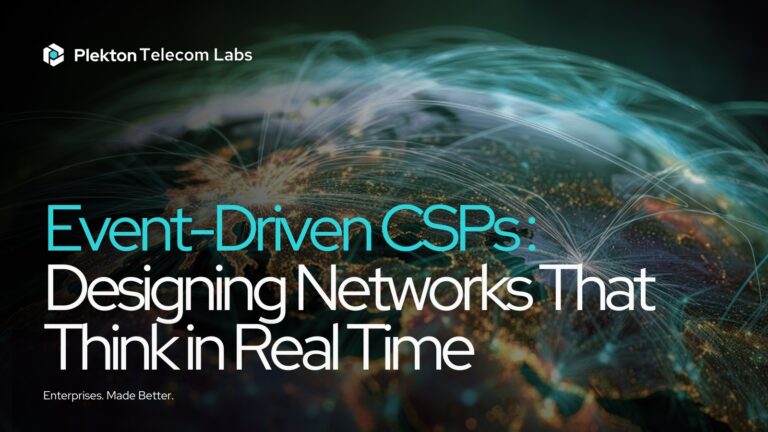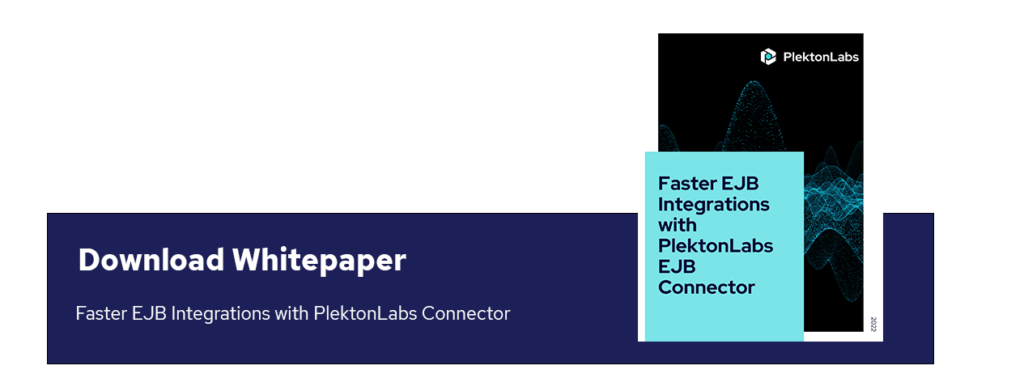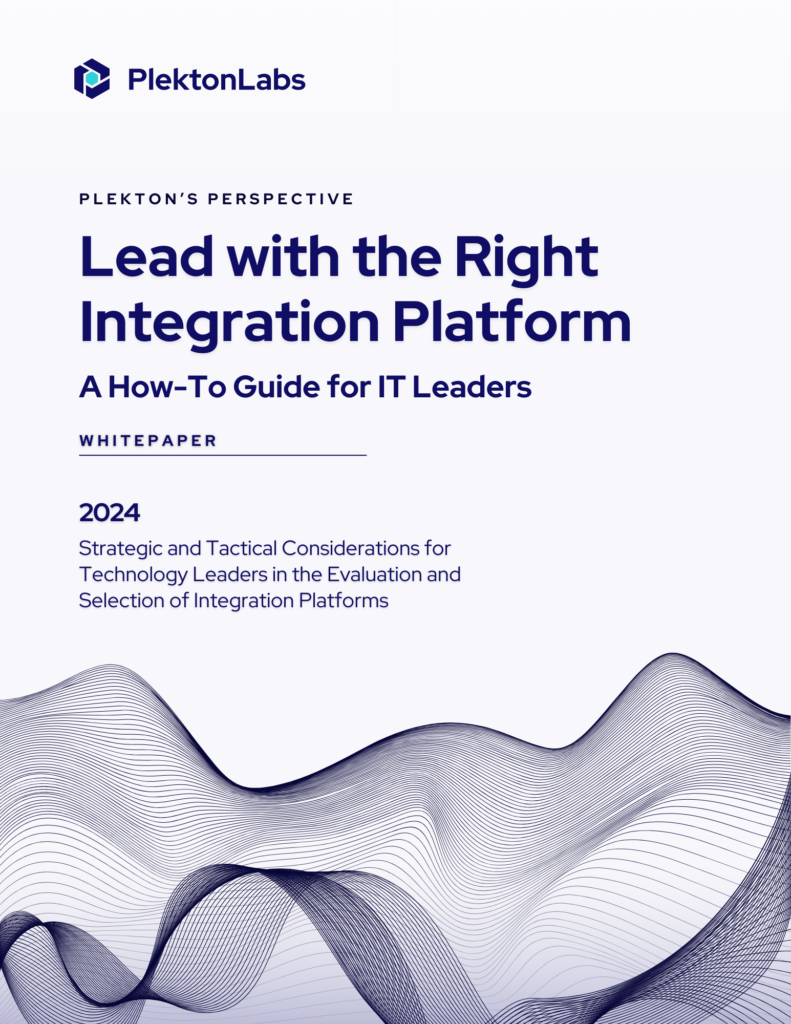The next generation of networks thinks in events. An Event-driven approach gives Communication Service Providers the ability to sense, decide, and act as conditions change across millions of connections. The result is a network that delivers real-time experiences, dynamic monetization, and operational agility. For CSPs in North America, Event-driven architectures become the nervous system for modern services and the foundation for connected, revenue-oriented operations.
Real time matters because customers expect it.
Event-driven systems produce immediate signals about customer behavior, network load, device location, and service quality. When those signals feed automated decision engines, CSPs can tune pricing, reroute traffic, and personalize experiences in the moment. Market research shows organizations adopting Event-driven practices gain speed in response and improved service outcomes. For example, industry reports and vendor surveys highlight growing demand for Event-driven patterns across telecom use cases such as real-time billing, fraud detection, and customer journey orchestration. (TM Forum Inform & MuleSoft)
Event-driven design flips the architecture conversation away from polling and batch processing and toward streaming, events, and subscriptions. Components publish state changes, and any interested consumer reacts. This loose coupling enables independent scaling, simpler upgrades, and reduced latency. Architects who design for events prioritize event schemas, durable messaging, ordering guarantees, and idempotent processing. Those technical choices translate directly into business value because they shorten the loop between observation and action.
CSPs see three immediate benefits from Event-driven networks
First, operational responsiveness improves. Real-time monitoring and automated remediation replace slow, manual processes and deliver higher availability for critical services. Second, customer experiences grow more personalized. Event-driven pipelines let operators stitch device telemetry and service usage into contextual outcomes that boost retention. Third, revenue models get more flexible. Usage-based pricing and dynamic offers work best when the network reports events in the moment. TM Forum and industry catalyst projects demonstrate how APIs and Event-driven models unlock dynamic pricing and usage monetization.
Adopting Event-driven design requires a pragmatic roadmap
Start with high-value flows that benefit from immediate feedback. Examples include session quality alerts for premium services, event-based charging triggers for short-term bundles, and real-time policy enforcement for congested cells. Build an event mesh or broker layer to route signals reliably and securely across domains. Partner with vendors and systems integrators who understand both the messaging fabric and the business use cases. PlektonLabs has run Event-driven initiatives that combine API strategy, messaging architecture, and product design to convert streaming signals into measurable outcomes.
Teams must also invest in operational disciplines
Observability for Event-driven systems looks different because traces are event flows, not request stacks. Governance must cover event schema evolution, data retention, and privacy. Security requires rigorous authentication and authorization across publish and subscribe domains. On the people side, cross-functional teams that include product managers, network engineers, data scientists, and integration architects speed adoption. The organizational payoff is resilience. When teams can act on events, the network becomes an instrument for continuous learning and improvement.
Scaling Event-driven architectures at the CSP level means handling high throughput with low latency. Design patterns such as partitioned streams, consumer groups, and backpressure management matter. Cloud native infrastructure and edge placements reduce round-trip time. Benchmarks and vendor reports show that well-engineered streaming platforms can handle millions of events per second while maintaining sub-second delivery times, enabling real-time personalization and control.
The commercial case is clear
Event-driven CSPs turn product launches into experiments that can be measured and iterated in hours rather than quarters. They convert telemetry into pricing signals and churn predictors. They create new revenue channels with real-time bundles or spot capacity markets. For operators planning 5G monetization and edge services, Event-driven architecture forms the backbone of new business models. Industry evidence points to increasing investment in these patterns as operators chase low-latency use cases and flexible monetization paths. (IFS Blog)
Designing a network that thinks in real time is an integration challenge and a product challenge. Architecture matters. Governance matters. Team practices matter. When CSPs stitch events, APIs, and automation into a single fabric, they unlock the kind of responsiveness that customers reward and competitors envy.
Final Words
PlektonLabs designs Event-driven networks for operators that want to move fast and capture new value from real-time signals. Our work spans messaging fabrics, API-led integration, and productization of streaming use cases. If your strategy includes real-time services, dynamic pricing, or edge-first applications, PlektonLabs can help you build a network that thinks in events and delivers measurable outcomes.




